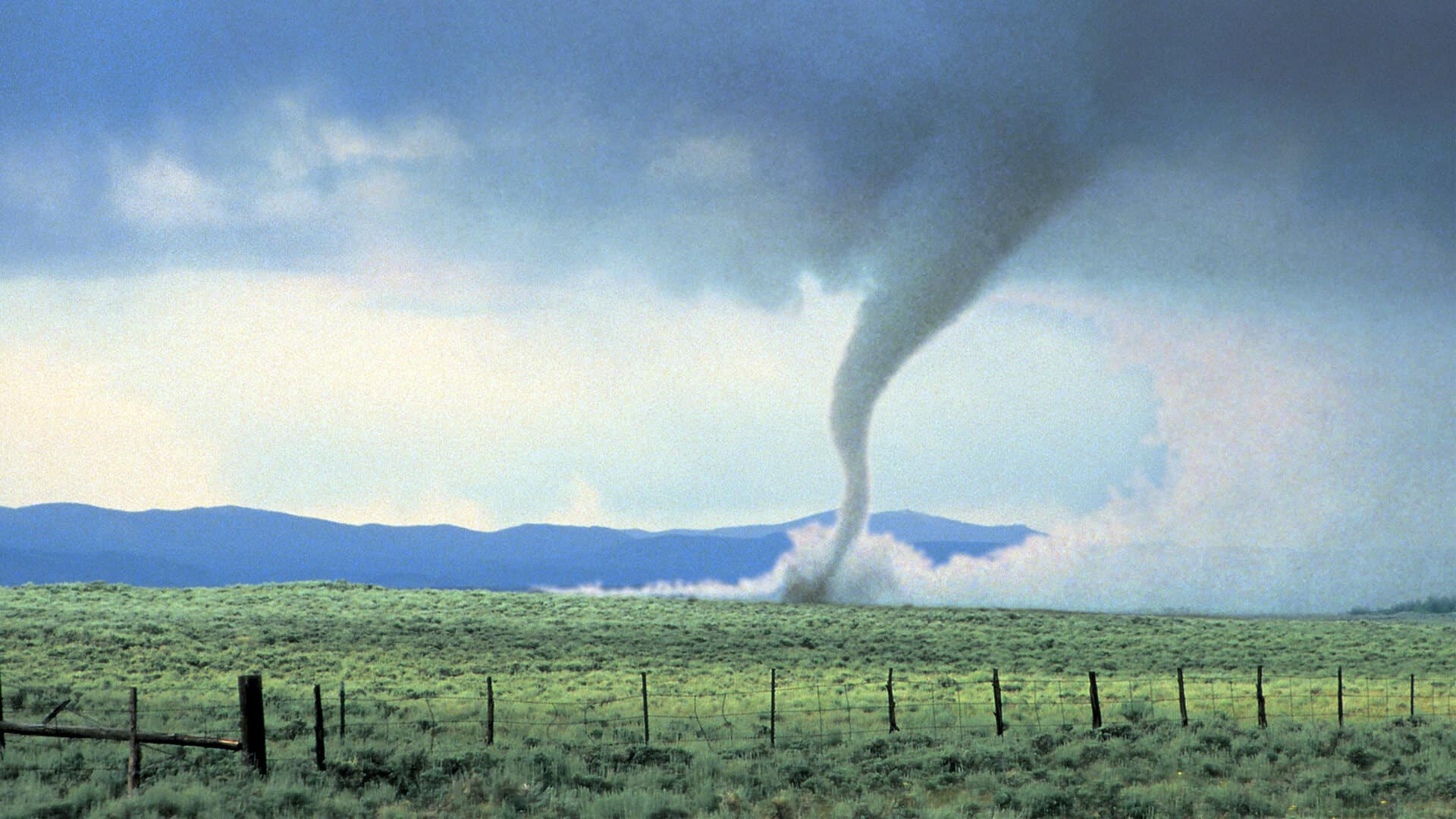No one enjoys spending time outside when the air is thick with pollution. From hazy cityscapes to wildfire smoke drifting across states, poor air quality is now a public health concern that affects almost half of Americans, according to NBC News. And for some, the risks are especially serious.
Pregnant women, kids under five, and older adults are the most vulnerable to the effects of air pollution, Vox reports. That’s because their bodies are either still developing—or becoming more sensitive with age.
“The younger the child is, the faster their breathing, and so pound for pound, they are breathing more air pollution,” said Lisa Patel, a Stanford pediatrics professor and executive director of the Medical Society Consortium on Climate and Health. “We use 5 as a cut-off for particular vulnerabilities because age 0–5 is a period of really rapid lung growth. And so exposure to those toxins so early is particularly concerning, but it’s also concerning across the entire spectrum of ages.”
On bad air days—often the result of traffic, industrial emissions, or wildfires—the air is full of fine particulate matter (known as PM2.5) and ground-level ozone. Both are linked to serious health risks.
PM2.5 is made up of microscopic particles that can enter the lungs, seep into the bloodstream, and damage cells. It’s especially dangerous for people with asthma, heart disease, or chronic inflammation.
Then there’s ozone. While it protects us from UV radiation when it’s up in the atmosphere, ozone near the ground does the opposite—it irritates the lungs and can cause long-term damage to respiratory tissue. According to the World Health Organization, air pollution contributes to around 7 million deaths globally each year.
To protect yourself, keep tabs on the Air Quality Index (AQI). The EPA urges people to check daily AQI reports—easily available through apps or weather platforms—to decide whether it’s safe to be outside. Common symptoms of exposure include shortness of breath, chest tightness, headaches, and fatigue. And if you’re already feeling off, listen to your body. Symptoms are a warning sign to take it easy, limit outdoor time, or mask up with an N95.
Fortunately, air pollution issues are solvable.
“A lot of air pollution comes from controllable sources,” said Tracey Holloway, an atmospheric scientist at the University of Wisconsin-Madison. “When we implement changes to our transportation, industries, energy systems, and roadways, all of those can immediately improve our air quality. Certainly, we can’t just make a policy change and have wildfires go away. But for many other sources of air pollution, there are a lot of available technologies to make the air cleaner.”
Cleaner air is within reach—but only if we treat it like the urgent public health crisis it is.











